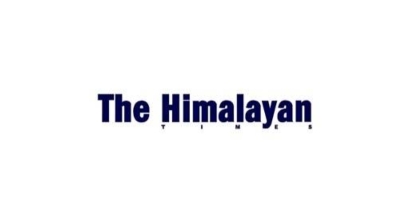The front issue
The letter or spirit of the various agreements and understandings reached between the political forces, starting with the 12-point agreement, has been a consensual approach to resolving the major problems of the transition period. This boils down to their need for working together, at least until the new constitution is promulgated and the peace process brought to its logical conclusion. However, the outcome of the Constituent Assembly election of April last year marked a turning point in breaching this spirit of consensus. As a result, the major partners in the coalition government of the pre-election period are no longer all part of the governing coalition. Nonetheless, though belatedly, they have managed to bring the constitution-writing process to the take-off stage, as the various CA committees and their chairpersons have been elected based on consensus. However, the bitterness among them seems to be increasing, as manifested in so many ways. This has given cause for concern.
Amid all this, there have also been floated the ideas of forming fronts of ‘like-minded’ political parties. In particular, some leaders of the Nepali Congress and others, including some former Panchas grouped under one or the other political party, have called for the formation of what they call a ‘Democratic Front’. Similarly, some in the Left parties, including Maoists, have stressed the need for a ‘Left Front’. The question arises why such a front is required in the first place. Perhaps, it is to build up pressure for or against important and contentious issues, particularly to ensure their common interests to the maximum extent possible during the writing of the constitution. It could also be aimed at leading to further political polarisation. One of the high-profile supporters of the ‘Democratic Front’ has said that the ‘democratic’ forces are now ‘very weak’ and that they therefore need to be bolstered ‘to save democracy’. The proponents of a ‘Left Front’ argue, among other things, that the communist parties should work together to ‘rescue the country from a likely disaster’.
One or both sides of the fence may or may not put these ideas into practice. But it seems that such a front may send out a wrong message at a time when cooperation between all the major political parties is being thought, as also often admitted by important political leaders, crucial to the success of the peace process. Whatever may have caused the present political misunderstanding or mutual distrust, but the main political parties — the one at the head of the government and its coalition partners, as well as those outside the government — need to take enough confidence-building measures. The deal reached by Maoist and CPN-UML top leaders yesterday to avoid descending to a personal level while making criticisms in public constitutes a small but hopeful beginning, which needs to be followed up, and also buttressed by other actions. This kind of good sense should also be developed by all the other parties, who on their part will be well advised to display a more cooperative attitude. The parties can always make common cause with one another in the CA depending upon individual issues or
points in the process of writing the constitution, even without a front.





